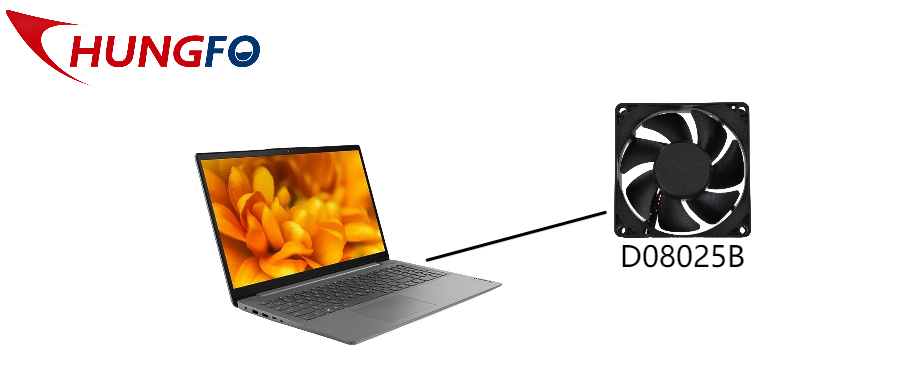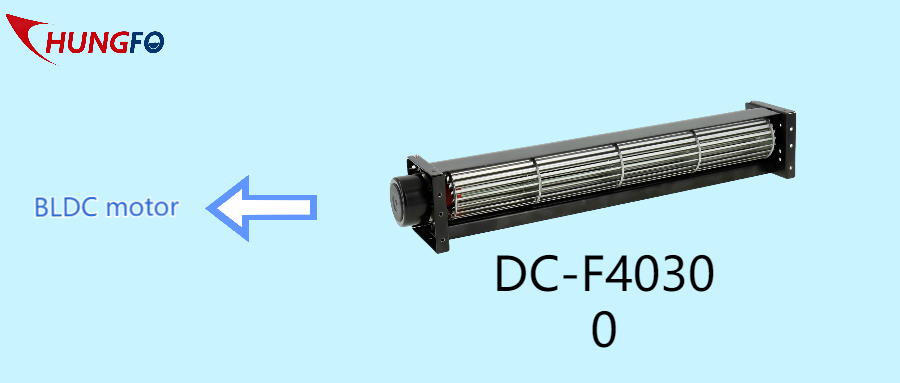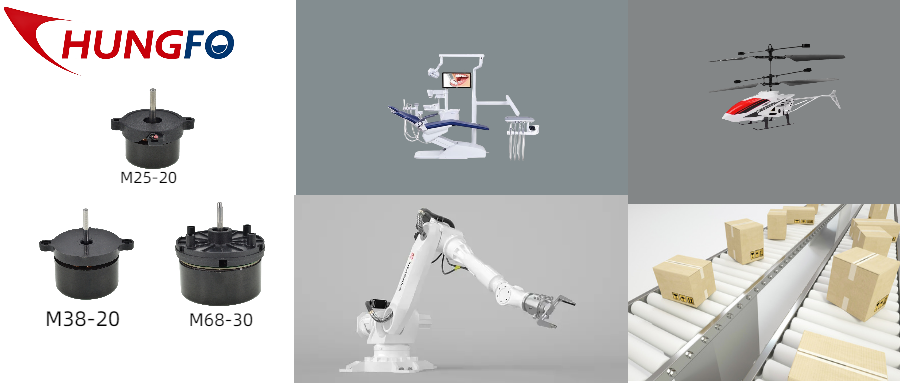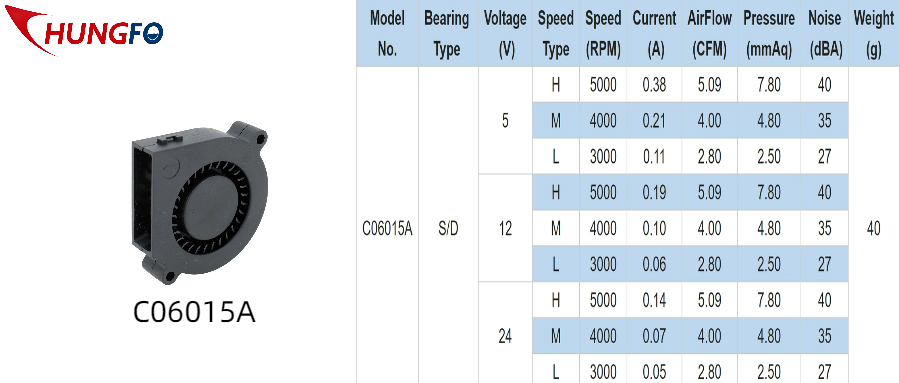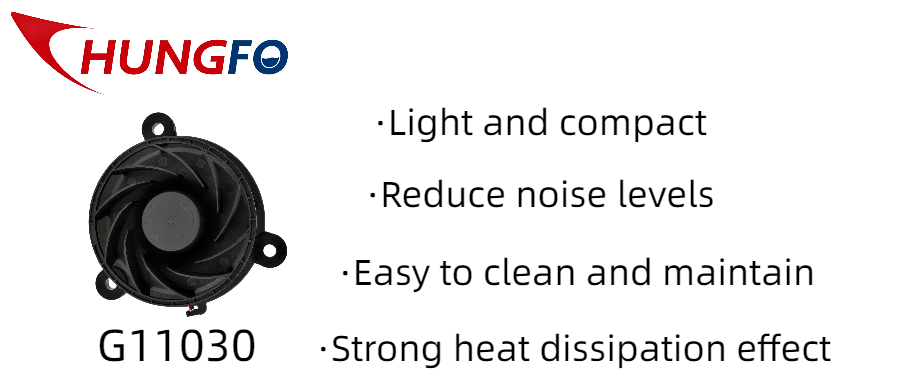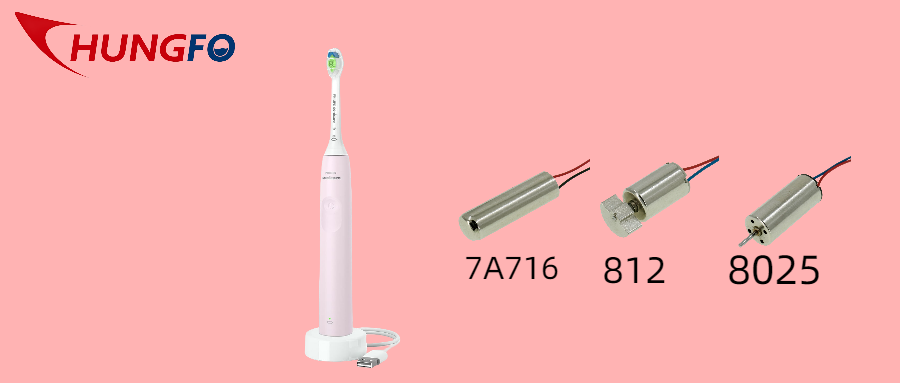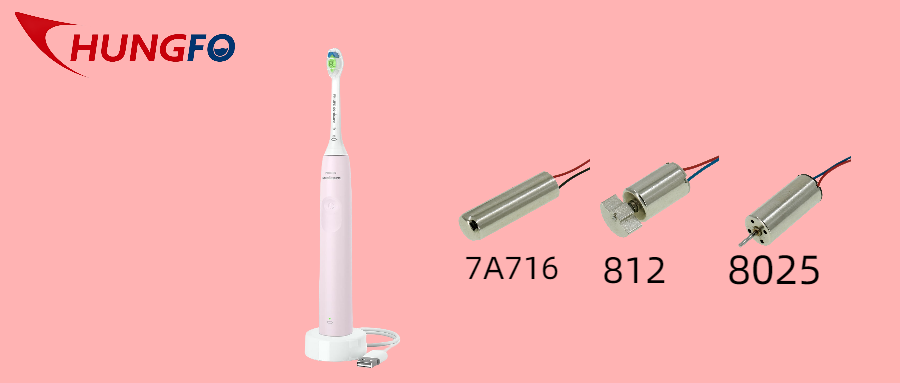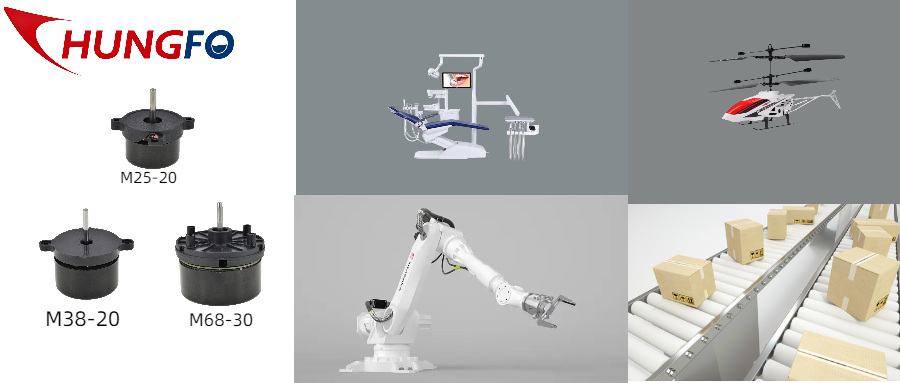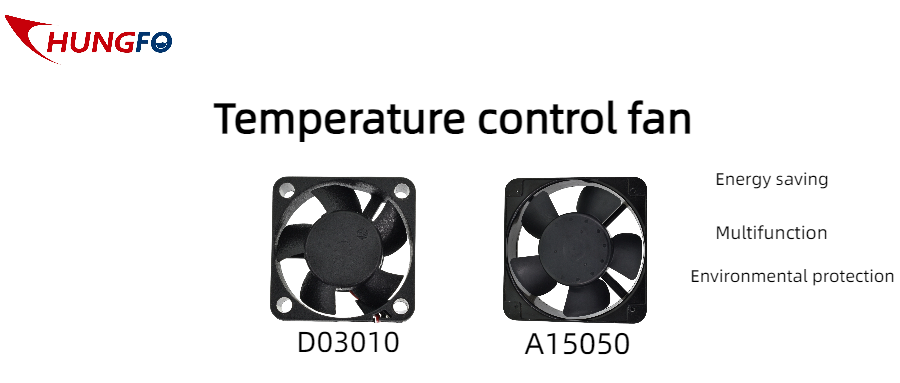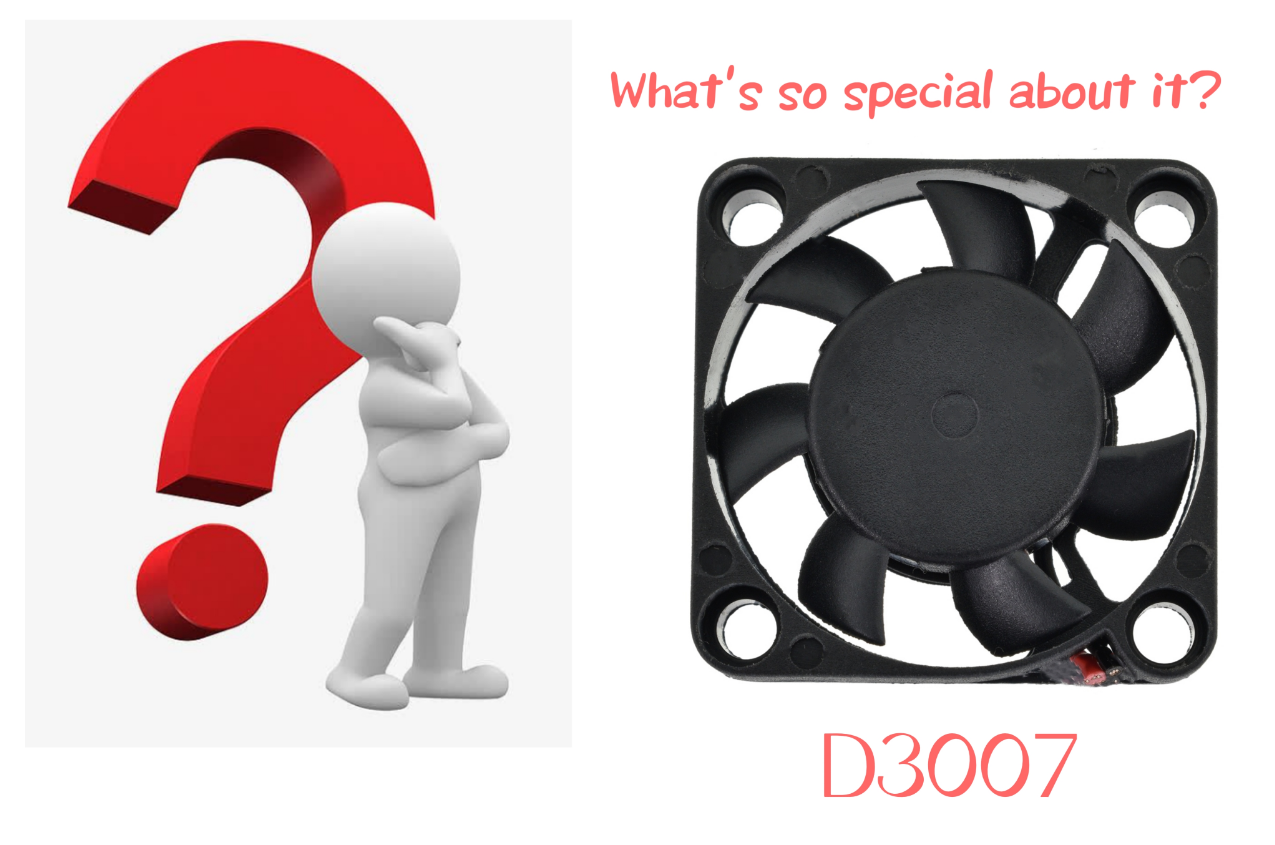A new cooling fan to improve laptop performance
In today's rapidly developing digital age, laptop has become an important tool in our life and work. However, as we all know, high performance also brings a headache of heat dissipation. Don't worry, our cooling fans will provide you with the perfect solution.
Our team of engineers is committed to solving the problem of laptop overheating at its root, and this cooling fan model D08025B is the best example.
Precise temperature control function
Our products are equipped with advanced temperature control technology to accurately monitor and adjust the temperature of your laptop. In this way, it can automatically adapt to different loads and use environments, and adjust the fan speed as needed to ensure that the temperature of the laptop is always within the safe range. And we use DC motors, which have the ability to limit overload, ensuring that the motor will not overload when it exceeds its capacity. You no longer have to worry about performance degradation or damage caused by overheating, our cooling fans will provide you with reliable protection.
Light and portable
When we made the cooling fan, we carefully considered that the notebook needs to be portable, so we adopted a compact design, which is suitable for notebook computers of various sizes. Whether you use it at home, in the office or on the go, this fan is easy to adapt and provides you with long-lasting heat dissipation.
High quality materials and quiet design
We are committed to providing high quality products and our cooling fans are made of high quality materials to ensure stable performance and long life. In addition, we also focus on quiet design, so that you enjoy a quiet work and play environment. Whether you need high performance cooling or quiet operation, our cooling fans have you covered.
Compared to traditional cooling fans, our products have excellent applicability and are especially optimized for the special needs of laptops. Whether you are on a daily basis or engaged in intensive gaming and multimedia tasks, our cooling fans provide excellent performance and reliable cooling. Whether you are a regular user or a professional user, this fan meets your needs for a cooling solution.
Guangdong Chungfo Electronic Technology company is a wholesale cooling fan manufacturer, whether it is high speed exhaust fan, brushless fan, or double ball bearing exhaust fan we have, welcome major buyers to come to purchase consultation.
